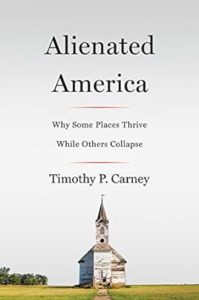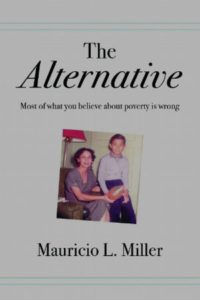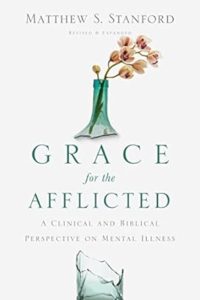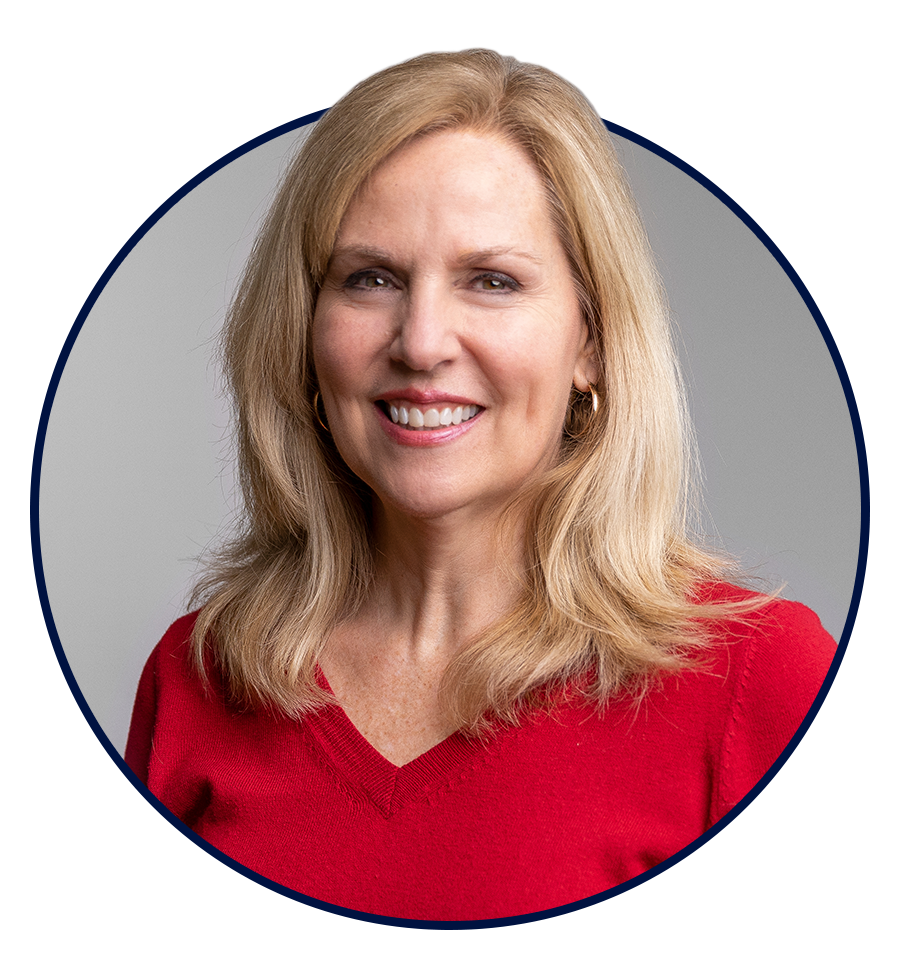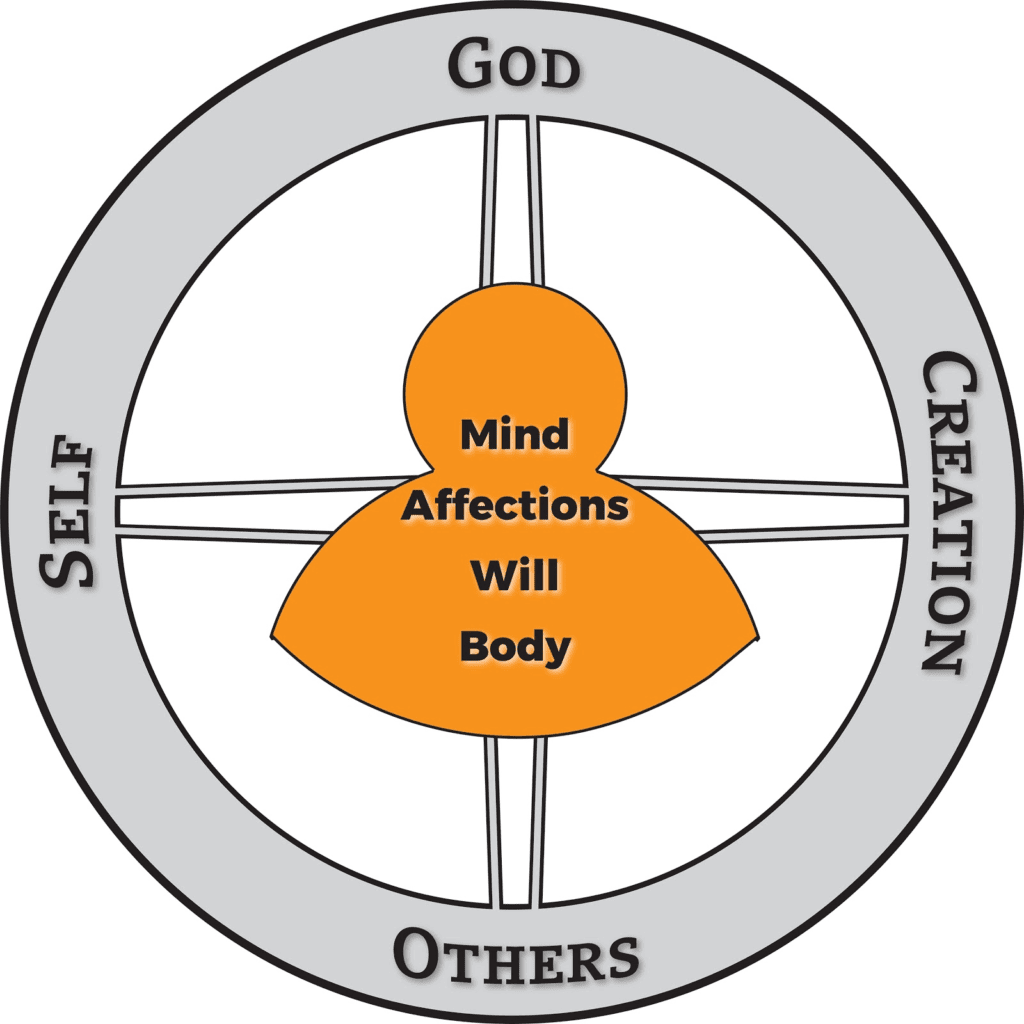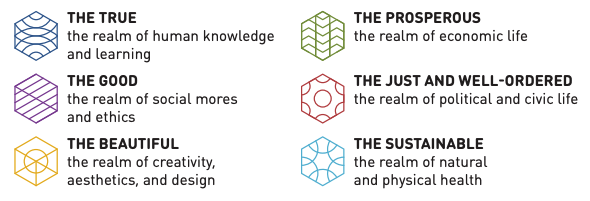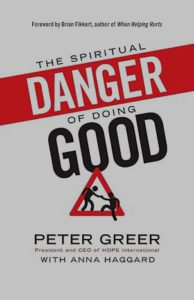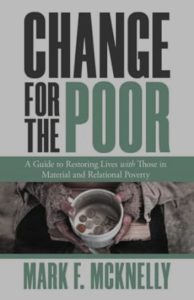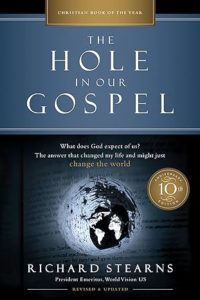 Nathan Mayo
Nathan Mayo
Vice President of Operations & Programs
Read more from Nathan
Listen to this article:
Jump to:
The Purpose of the Book | The Perspective | The Key Points | Details We Love | Considerations | Who Should Read This?
Alienated America starts off as a reporter’s search to answer a fascinating question about civil society (i.e. institutions of voluntary associations like families, churches, clubs, and charities). On the surface, the question seems to be political, but once you get past the first few chapters, you realize that the political question at issue is only a door to a broader social problem.
In the presidential primaries for the 2016 election, Donald Trump asserted that “sadly, the American Dream is dead.” This claim didn’t resonate with the majority of Americans or even the majority of politically conservative Americans. Still, it struck a strong chord with a vocal group that propelled him to the top of the Republican ticket. Tim Carney sets out to answer why these working-class people and their white-collar next-door neighbors feel like a flourishing life is so far out of reach that a pronouncement of its death struck them as obvious.
The evidence he uncovers goes deeper than simple partisan or economic narratives to deeper forces weakening civil society and the poor most of all.
Carney is a reporter with a genuine curiosity who values both data and context. He not only cites scientific studies, but he sits with alienated people in bars and diners to learn their stories. Though the book is more academic than religious, Carney is a dedicated Catholic, and his faith comes through even as he pays homage to other strains of Christian and Abrahamic thought. While his political views are also conservative, he is heterodox enough to question unintended side effects of free market processes like economic centralization. He generally sticks close to data and addresses possible objections well, rather than generating a work of unsubstantiated opinion.
1. Civil society has broken down among most of the working class
Carney starts by laying out a version of the American Dream based on more than material prosperity. He frames a broader vision of flourishing involving a vibrant community and strong family and shows that these things still exist in pockets of America.
Unfortunately, these relational networks are in steep decline, not so much among the college-educated elite, but among the working class. In rust belt towns, Appalachia, and inner cities, families are smaller and more broken, churches are empty, PTAs are unattended, and the towns have long since canceled their annual Independence Day parades. So-called “deaths of despair” from suicide and drug overdoses are reaching record highs in these communities.
“The good life” is harder to come by than it has been, but not for simple economic reasons. Objectively, many of these places where people are so dissatisfied with life and so cut off from their neighbors are economically better off than a generation or two ago. The people convinced that “the American Dream is dead” generally make more money than their parents, but they are also isolated from community and more lonely than ever.
We no longer feel like we can make a difference in the world because the easiest place to make a difference is in our own communities. When no one is asking you to sit on a local park planning committee or coach tee-ball, we often retreat to bickering about national issues on social media, where our opinions drive strife but not impact.
2. Natural forces and policy choices drive this alienation
Carney evidences numerous contributors to growing isolation. Most of these generate “vicious cycles,” which means isolation increases them, and they increase isolation. It’s difficult to tease their exact magnitudes apart, but together, they are certainly a toxic brew for civil society.
Market forces: Economies of scale raise living standards by making commerce more centralized, efficient, and affordable. This economic approach has the unintended side effect of making it less personal as well. “Third spaces” like the corner market and drug store soda fountains are less common, less frequented, and less likely to be within walking distance of your house. Rising standards of living provide access to more immersive and impersonal entertainment. Gig services like ridesharing and dog walking mean we no longer have to ask a neighbor for a favor.
The creative destruction of manufacturing brought on by automation and competition benefits the nation on average but often leaves multi-generational scars in communities built around defunct factories. Even if the children of the factory workers move off to the big city and find better work than their parents, the community itself withers and loses what history and tradition it once had. In Carney’s view, these are mostly unfortunate by-products of a largely effective economic system, which should be mitigated rather than eliminated by some other economic regime.
Technology: America has been a highly individualistic society since its inception, but it was historically balanced by tight-knit communities. In more recent times, technology has freed people from constraints that locked them into local life.
Better technology for travel and communication makes it easier for people to follow economic opportunities and move frequently. The internet allows people to participate in faux communities around hyper-specific interests, which provide some of the appeal of a flesh-and-blood community but lack most of the benefits.
Birth control and abortion made the birth of a child a medical choice for a mother, and subsequently turned marriage into a social choice for the father. Out-of-wedlock conception didn’t change dramatically among the poor with the advent of contraceptives. What changed was the decline in “shotgun weddings” prior to birth.
Government policy: Policy choices about neighborhood and community design have made them less walkable and more drivable, minimizing the chance that you will ever meet someone you know when you’re out on the town. Federal government promotion of home ownership and local zoning laws designed to keep neighborhoods low-density have helped make our homes and yards larger and us less likely to ever meet our neighbors. Onerous local or state regulations make it more difficult to donate bagels to a homeless shelter or open a “mom and pop” business that can anchor a neighborhood. Centralized welfare has made it easier to provide for the needy with minimum human interaction and crowded out the need for relational private charities and church communities.
Rising secularization: Concurrent with the growth of government in providing services formerly provided by religious institutions, is a growing insistence that religion be excised from the public square altogether. Catholic hospitals are sued when they refuse to perform abortions and Colorado bakers are sued when they refuse to service same-sex wedding ceremonies.
Religious instruction or even acknowledgment in public schools is inconceivable. Religious practice has been exiled to the inner sanctum of private life and anyone who is unwilling to violate their religious beliefs is in growing danger of losing their livelihood.
Where public leaders should be celebrating the central role of religion in civil society, they are in fact engineering its decline.
3. The secret to restoring civil society among the poor is restoring the church.
While civil society has collapsed in much of the US, it is still vibrant in two types of communities.
The first is the communities populated by the “elites.” Carney documents how the 2,000 residents of the village Chevy Chase, Maryland, are able to staff ten volunteer committees for the local government, plus numerous clubs, and a robust outdoor recreation scene for its families. People know their neighbors in Chevy Chase, and no one there is bowling alone. Unfortunately, for the ability to include the poor in this robust community, the median home price is $1.5 million, and the average annual income is $420,000. Wealth and education at this level is simply not a viable solution to curb the alienation the working class faces.
The second, and more scalable solution, is communities populated by the strongly religious. In towns like Oostburg, Wisconsin, the ethnic Dutch and German protestants worship together, hang out at the local diner together, and assist each other in raising their families. The local school plays and concerts are packed to overflowing because even non-parents show up to see “their kids.” They have significantly higher marriage rates than the national average, but the median home price is only $148,000, and the average household income is $58,000–on par with the national average.
This vibrant community isn’t a feature unique to reformed Protestants; Carney documents robust civil society in dozens of communities with religious affiliations ranging from Latter-day Saints to Orthodox Jews to Muslims. Furthermore, this isn’t a new phenomenon. In America, the church has always been the central organizational institution of civil society. It is a training ground and launching point for other voluntary associations as well. Many charities, sports leagues, and city beautification projects originate with conversations in church foyers.
Most importantly, religious communities don’t require you to be wealthy. The wealthy have many ways to access human connection; the poor primarily have the church.
Market advocates often point out that the standard of living has increased for the American poor in the past 50 years. When properly adjusted for inflation, shrinking household sizes, technological innovation, and taxes/transfers, we find that the poor in America today have higher incomes and can afford more goods per person than ever before. However, if we end the analysis there, it seems like the War on Poverty is on a glide path to sure victory, which provides no explanation for rising rates of deaths of despair.
Carney’s critical addition to this conversation is that while a working-class man is more likely to have air conditioning and a large-screen TV than a generation ago, he is also more likely to be sitting at home alone watching it than a generation ago. His counterpart from the past was more likely to be sitting at a church picnic with his wife and two kids. We’ve figured out reliable institutions to improve our economy (e.g. property rights and trade), but have abandoned reliable institutions to improve our relationships (e.g. marriage, extended family, church, and volunteerism).
In adding this to the conversation, Carney reminds us that “the good life” isn’t just about stuff; it’s about relationships. The materially poor are more relationally poor than at any time in living memory. If the poor are more likely to have food and less likely to have friends than at any time in recorded American history, our charitable interventions should clearly be food co-ops rather than drive-through food distribution.
Carney explicitly talks about subsidiarity, a guiding principle that we agree is essential to navigating the overlapping roles of family, community, church, and government.
Carney believes the alienated, unchurched working class and their middle-income neighbors from their broken communities rallied around Trump’s candidacy. He documents that Trump was soundly rejected by the tight-knit religious communities that Carney upholds as ideal. Given the two-party system, most of these politically conservative locales overcame their distaste for Trump in the primaries in time for the general election. In Carney’s words, “Secularization gave us Trump.” Regardless of whether you agree with the connections Carney draws between the sociological phenomenon of alienation and the rise of Donald Trump, he evidences the social change itself quite well, and this is the point we find most interesting to the effective charity movement.
Carney also admits he has a difficult time making concrete recommended solutions for the significant problem he has unearthed. However, we think that a good grasp of the problem is an important first step.
While political sociology books aren’t for everyone, this one is very accessible and unpacks a fundamental shift in American life that is often missing from our national conversation about the poor. Effective charity classics, like When Helping Hurts, lay the theoretical groundwork for why relationships are so important in a flourishing life, and for the poor in particular. This book provides a jarring description of their current situation and puts flesh on a vision of what is possible in 21st Century America.
Leaders who want to be able to effectively articulate the dominant problem the American poor face should add this to their reading list.
 This article is just the tip of the iceberg for the practical resources available through the True Charity Network. Check out all of the ways the network can help you learn, connect, and influence here.
This article is just the tip of the iceberg for the practical resources available through the True Charity Network. Check out all of the ways the network can help you learn, connect, and influence here.
Already a member? Access your resources in the member portal.

